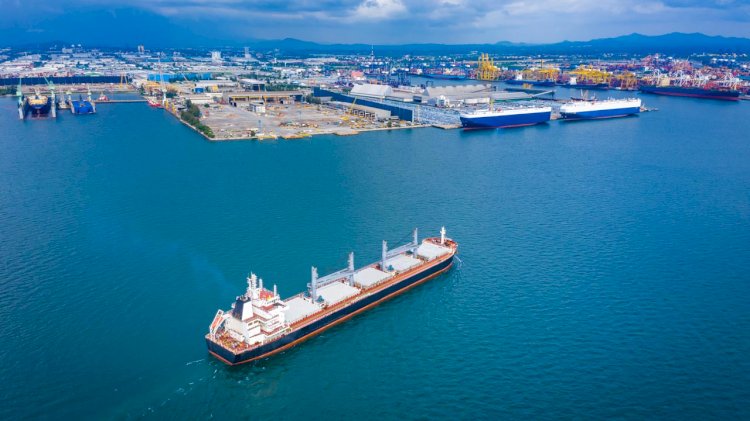The Ocean as a solution for climate change: 5 opportunities for action

Ocean-based climate action can play a much bigger role in shrinking the world’s carbon footprint than was previously thought.
It could deliver up to a fifth (21%, or 11 GtCO2e) of the annual greenhouse gas (GHG) emissions cuts needed in 2050 to limit global temperature rise to 1.5°C. Reductions of this magnitude are larger than annual emissions from all current coal fired power plants world-wide.
This is a key finding of a new scientific report, The Ocean as a Solution for Climate Change: 5 Opportunities for Action, published at the U.N. Secretary-General’s Climate Action Summit in New York.
The report proposes five opportunities for ocean-based action which, together, could deliver up to a fifth (21%, or 11 GtCO2e) of the annual GHG emissions cuts required by 2050 to keep global temperature rise to 1.5°C. Reductions of this magnitude are larger than the emissions from all current coal-fired power plants world-wide.
Five Opportunities for Action:
1. Harness Ocean-Based Renewable Energy
Installing offshore and ocean-based renewable energy production – including wind, wave, tidal, current and solar – offers very promising climate mitigation potential (up to 5.40 GtCO2e a year by 2050 – equivalent to taking 1 billion cars off the road annually). This can be scaled up to meet future energy demand and become cost-competitive.

2. Decarbonize Ocean-Based Transport
Decarbonizing the shipping industry – through energy efficiency measures, improved hull design, and low-carbon fuels – would also significantly reduce greenhouse gas emissions (up to 1.8 GtCO2e a year by 2050).
3. Invest in Nature-Based Climate Solutions
Ensuring the protection and restoration of coastal ‘blue carbon’ ecosystems – mangroves, seagrasses and salt marshes – would secure considerable CO2 sequestration and storage benefits (up to 1 GtCO2e a year by 2050), while delivering coastal protection, key habitats, food security and jobs. Adding seaweed farming to the nature-based solution set would remove an additional .29 GtCO2e a year by 2050.
4. Secure Sustainable Food for the Future
Shifting diets to sustainable marine sources (such as seafood, seaweed and kelp) is a brand new area of potential explored by this report. Increasing the consumption of low-carbon sources of marine protein could provide an alternative to high emitting land-based sources (red meat). Coupled with reducing emissions from the fisheries and aquaculture industries, food from the ocean could support a reduction of up to 1.24 GtCO2e each year by 2050.
5. Advance the Deployment of Carbon Capture and Storage
Technological approaches, such as carbon sequestration in the seabed, offer great potential to store carbon (up to 2 GtCO2e each year by 2050). However, significant investment in additional research and development would be required to ensure associated risks to the marine environment are minimized.

To set the proposed solutions in motion, the High Level Panel for a Sustainable Ocean Economy issued an urgent and practical ‘Call to Ocean-Based Climate Action’ today. The Panel is calling for political commitments, business partnerships and investments to capitalize on the ocean’s untapped potential to fight climate change, while providing a viable and sustainable future for economies, food sources, coastal communities and sea life.
In tandem with efforts to decarbonize land-based industries, including phasing out fossil fuels and restoring and protecting forests, these ocean-based actions can set the world on a new pathway to a low-carbon, climate-resilient future that would help us meet the targets of the Paris. What is more, they will help protect coastal communities from increasingly severe storms, boost food security, safeguard and create jobs, avoid air pollution, restore habitats for wildlife and help maintain economic growth, thereby contributing to many of the U.N. Sustainable Development Goals (SDGs).



























